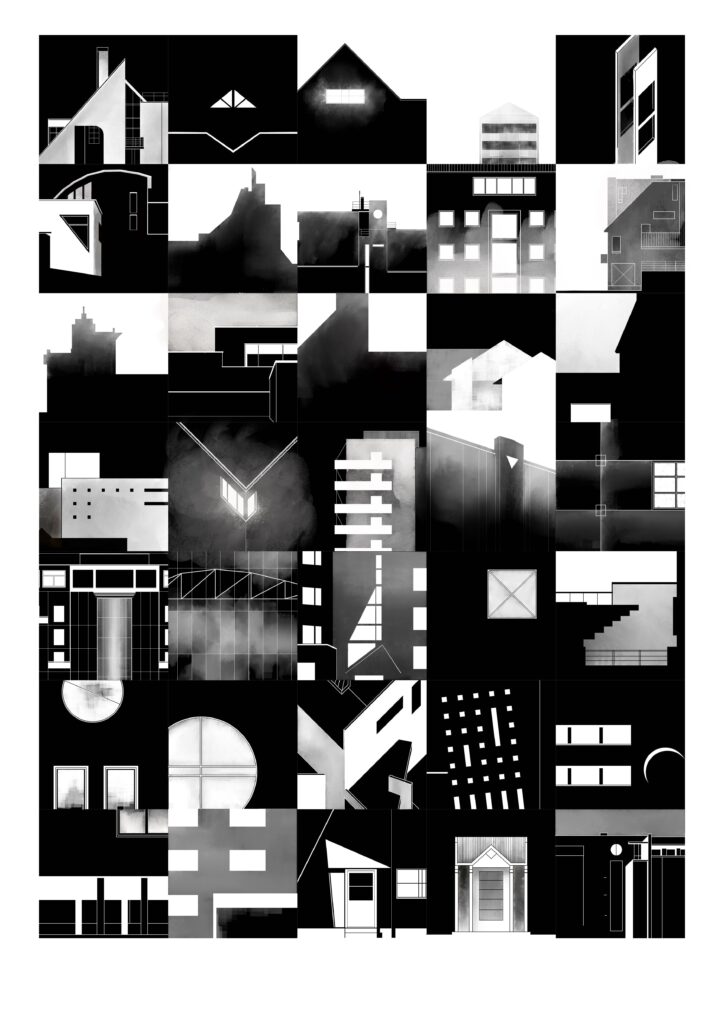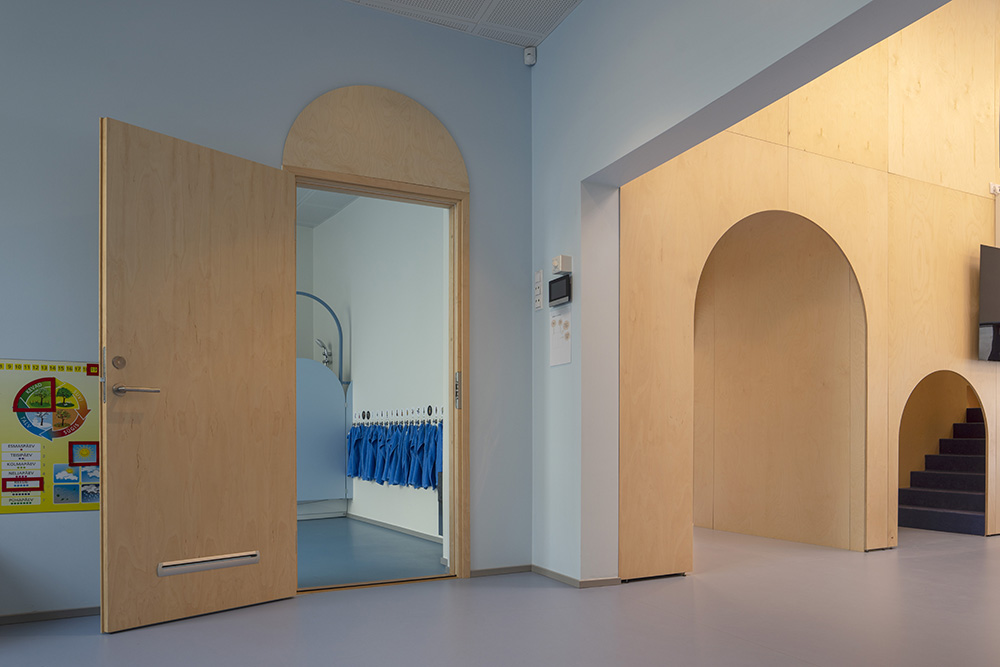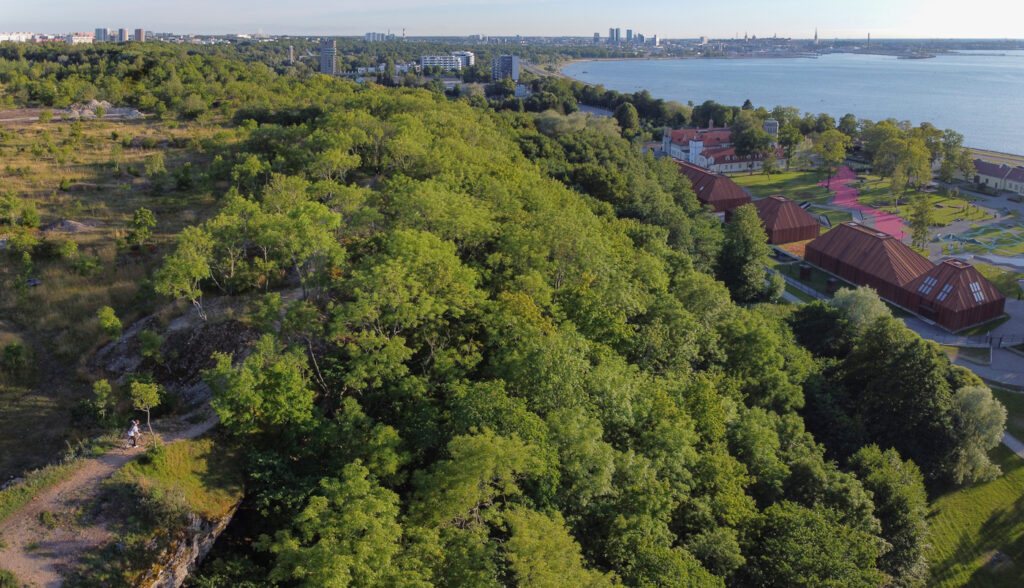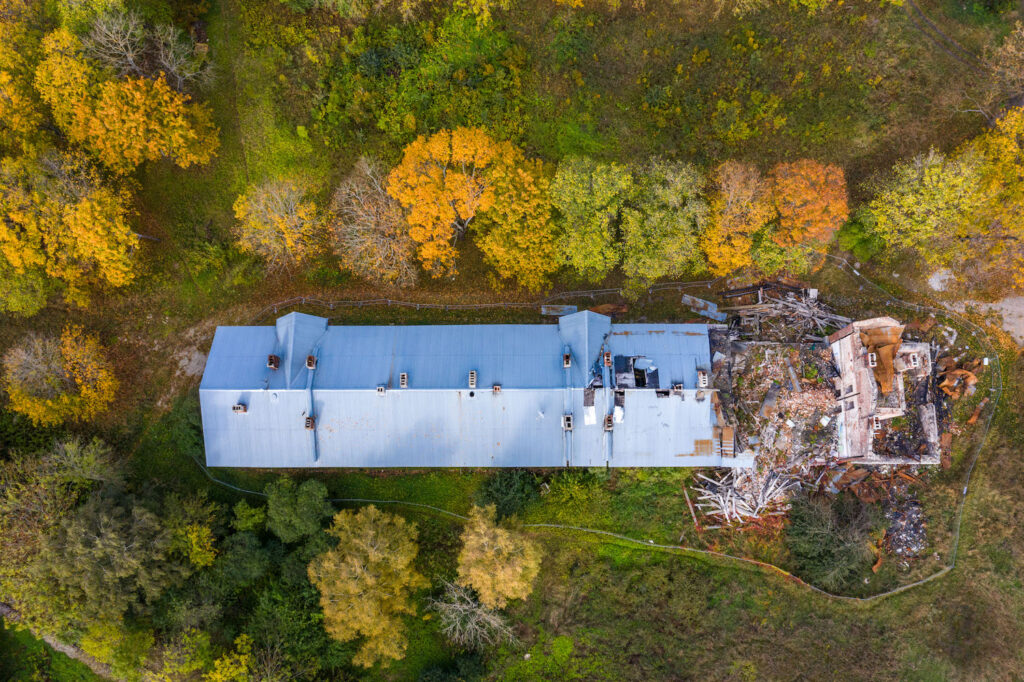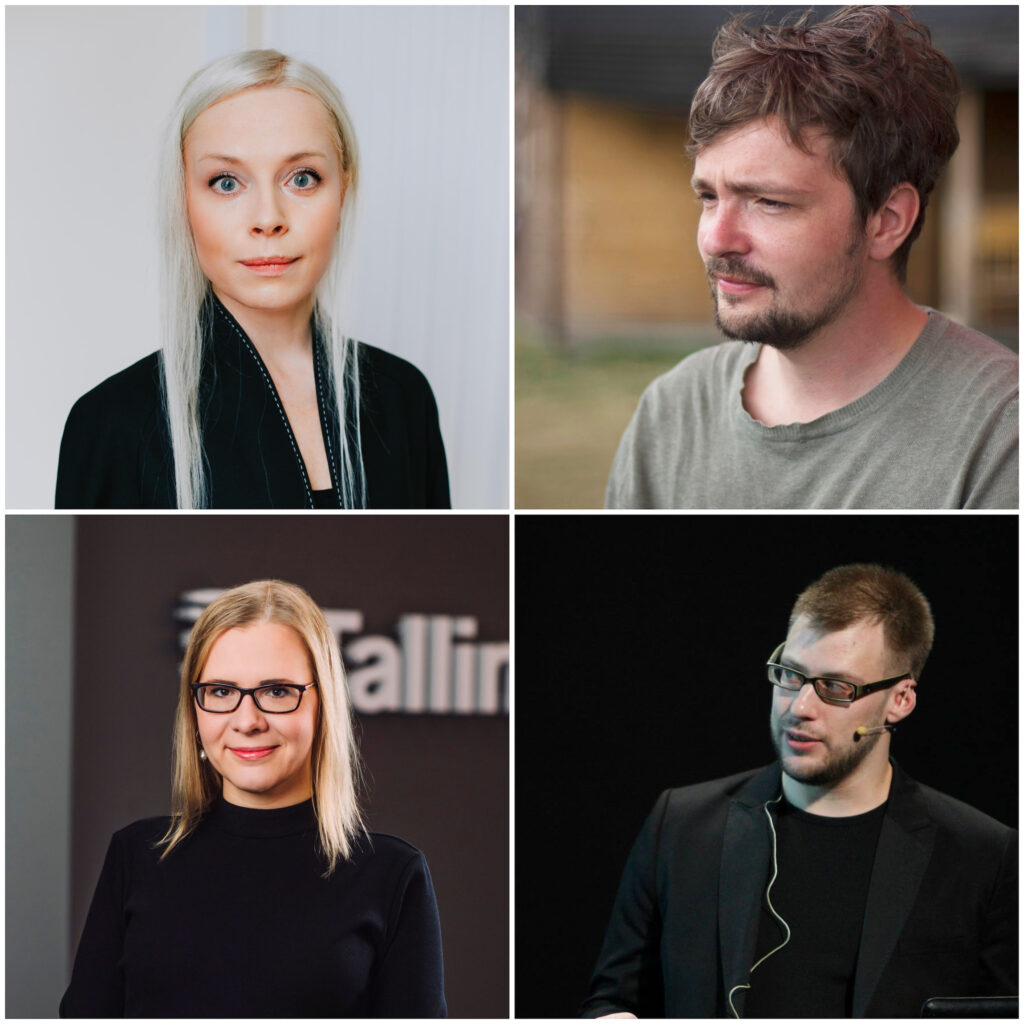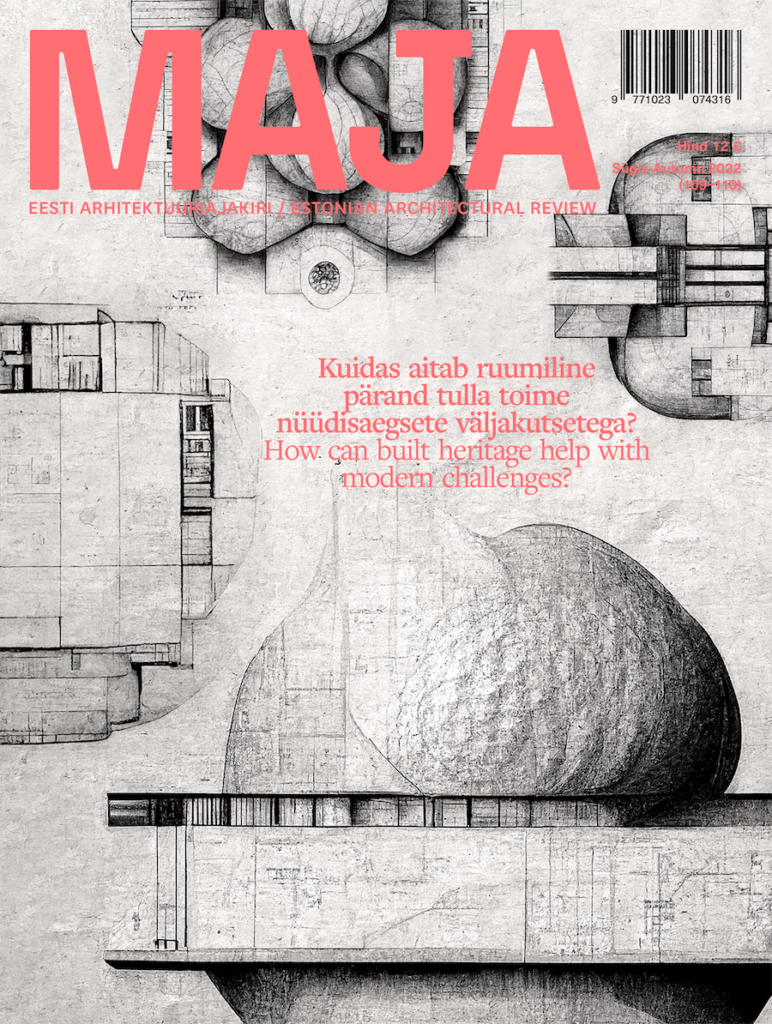Graphic essay by Paco Ulman.
Photo Essay by Paco Ulman.
Vallikraavi street that winds below the slopes of Toome Hill in Tartu will get three new capacious apartment buildings this year, doubling the number and area of living spaces on this short street that has merely a couple dozen houses altogether. Systemic densification of old towns enhances the possibilities of urban life and helps to save energy through more economical mobility.
The competition was won by Sfäär Planeeringud (Kerttu Kõll, Lauri Läänelaid, Triin Kampus and Alvin Kanarbik) with their proposal ‘Displacement’. The work caught the jury’s eye with its comprehensive solution that offered not only a design idea for the park, but also ideas on how to tie the urban space around the park with the new green movement trajectory, and how to reduce noise and air pollution in the city.
There is a lot of talk about Pollinator Highway but what exactly is it, where it is located and what is its purpose?
If there is any feeling of blandness, or risk aversion, or scant sense of place, it is not due to insufficient bike lanes or pedestrian squares, but rather because the larger questions of what is produced and who gets to have how much have already been decided.
Spatial design of a city is not a project with a clear beginning and end, but a continuous process, and a wickedly slow one at that.
We are asking how the European Union, local government and the architectural office can contribute to the development of architectural thought?
The purpose of the study1 on the patterns of shrinking was to use data from electricity consumption and population register to find out the places and types of buildings in Estonia that are emptying, and to encourage discussion about the possibilities and responsibilities of property owners and municipalities in adapting the housing economy.
How can built heritage help with modern challenges?
No more posts
ARCHITECTURE AWARDS


